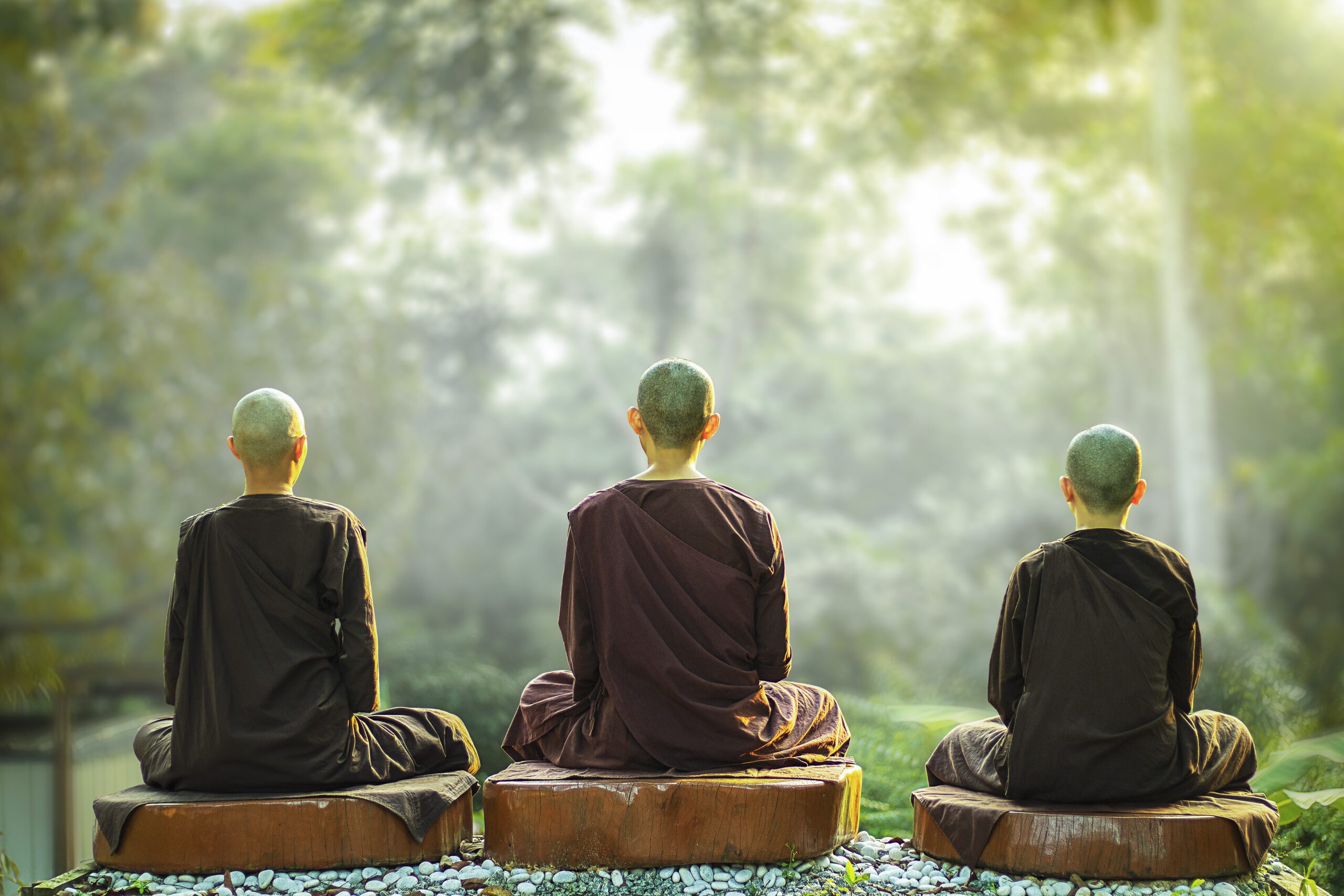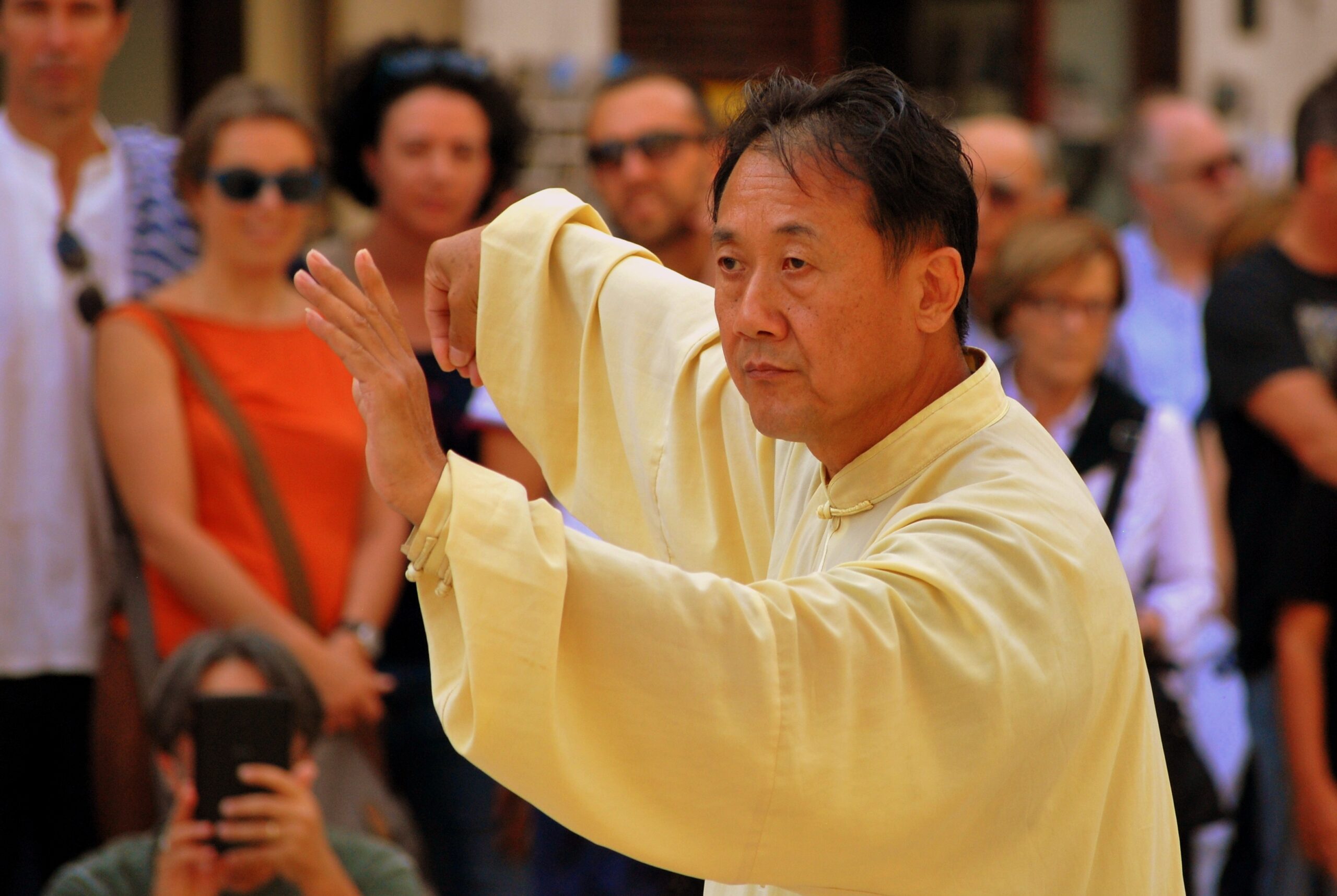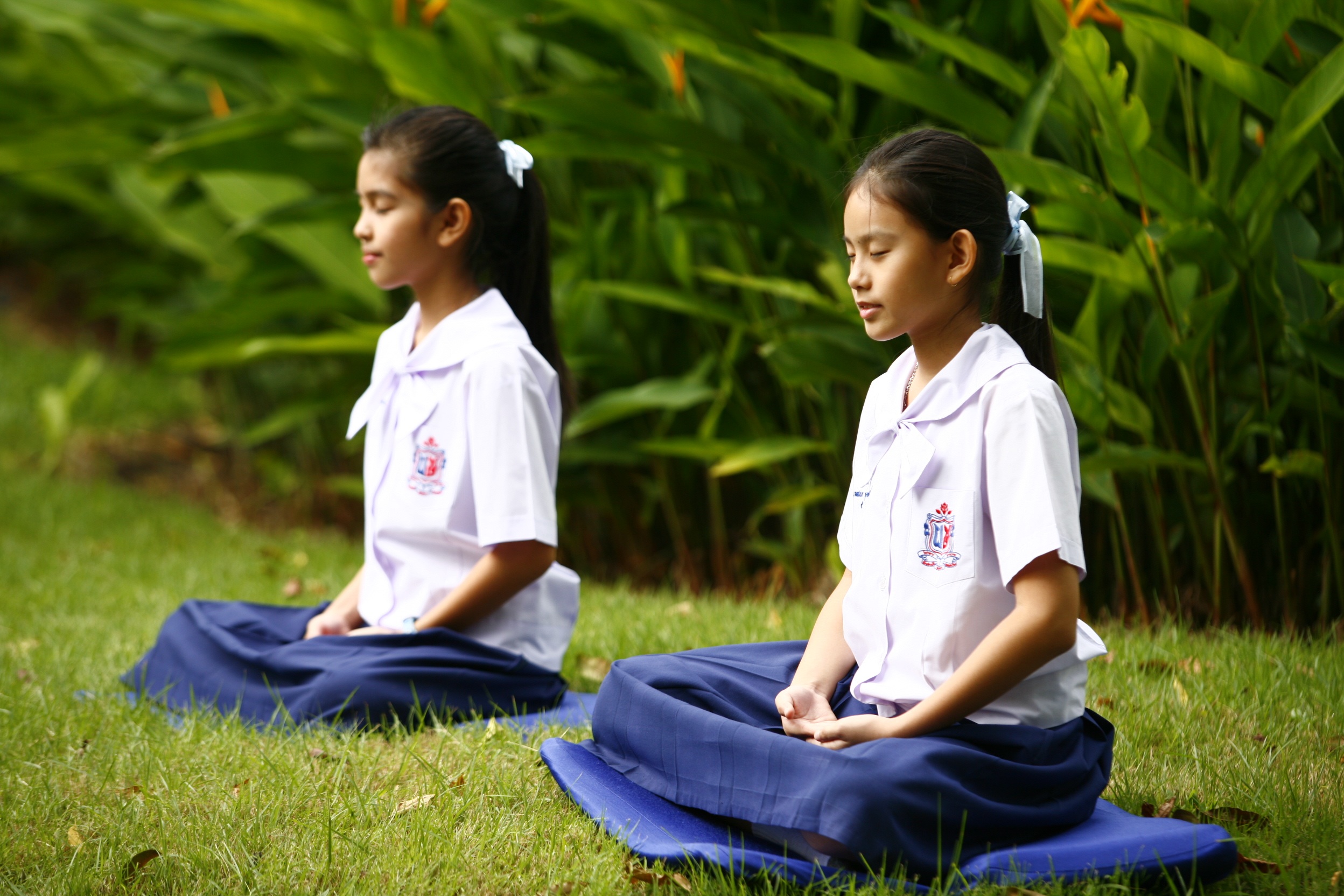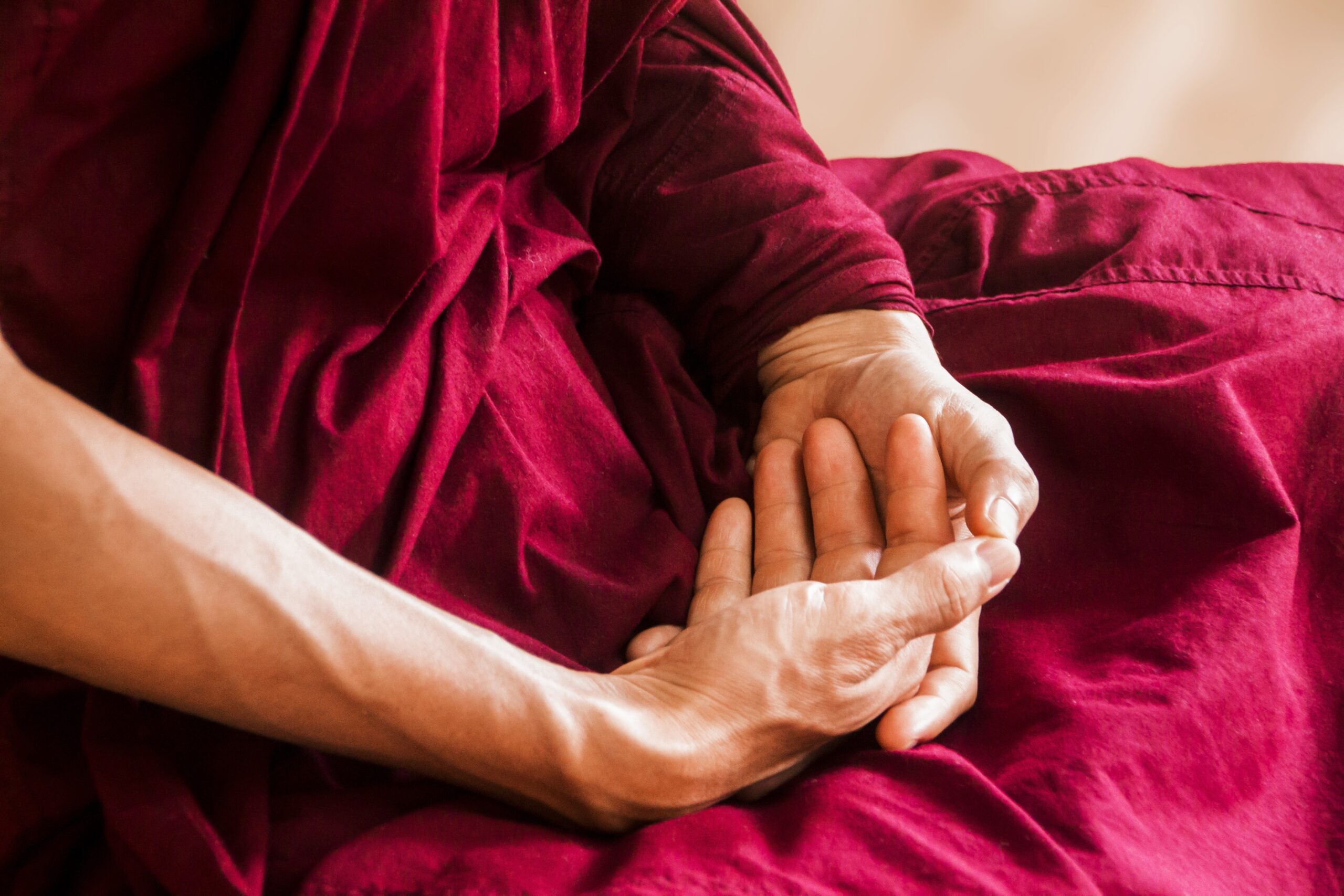All About Pressure Point Meditation
In pressure point meditation we focus our concentration by visualizing generating internal neidan chi, at points located throughout the body that are sensitive to the effects of vital chi energy when concentrated there.
The purpose varies with different points, each one used for healing or promoting the generation of a particular type of neidan chi.
Here are the basic steps:
- Prior to meditating, you can massage these points the same way you do in chakra meditation.
- Assume the meditation posture (see standing, sitting and recumbent meditation positions.
- Practice yogic breathing for meditation, (See Abdominal Breathing, Alternate Nostril Breathing, Serenity Breath and Other Breathing Techniques), as you visualize generating concentrated amounts of neidan chi at the pressure point.
All of the pressure points should feel tender when you massage them. If you are sensitive to the neidan chi you should also feel the vital chi energy immediately when you massage them or feel more sensitivity in those areas when you transmit healing chi here.
The following are some of the major points used in meditation, including the purpose for each. However, before attempting any of the exercises on this and other pages of this website, please carefully read the Disclaimer first.
- Bai Hui or Hundred Convergences point located at the top of the skull. To locate it, draw an imaginary line just behind the ears, meeting at the center at the top of the skull.
 When visualizing generating energy here, we are specifically generating yang chi entering from the atmosphere through the bai hui into our body.Usually, it helps to visualize a golden energy entering from outside into our skull and filling our entire body with a golden glow.On the other hand, massaging the bai hui or transmitting healing neidan chi achieves a different purpose: it pushes the yang chi down when it is rising too fast or being generated by the body to strongly.Symptoms of excess yang chi include headaches and feeling hot or being sensitive to heat. Excessive “heat” or yang energy will also manifest itself in canker sores, sore throats, and a very deep red color on the tongue.Besides taking herbs, another way of stopping the rise of excess yang chi is by sending the yang chi down and through to the yong quan pressure points. This leads into the second group of pressure points discussed below:
When visualizing generating energy here, we are specifically generating yang chi entering from the atmosphere through the bai hui into our body.Usually, it helps to visualize a golden energy entering from outside into our skull and filling our entire body with a golden glow.On the other hand, massaging the bai hui or transmitting healing neidan chi achieves a different purpose: it pushes the yang chi down when it is rising too fast or being generated by the body to strongly.Symptoms of excess yang chi include headaches and feeling hot or being sensitive to heat. Excessive “heat” or yang energy will also manifest itself in canker sores, sore throats, and a very deep red color on the tongue.Besides taking herbs, another way of stopping the rise of excess yang chi is by sending the yang chi down and through to the yong quan pressure points. This leads into the second group of pressure points discussed below: - Yong Quan or Bubbling Spring points. There are two such points, one located on each foot just on the indent in the middle and below the transverse arch.Massage these points for health and for grounding or rooting the neidan chi.
 If you suffer from hypertension, your vital chi energy is rising too fast to your bai hui point.If you are advanced enough to control the circulation of your chi, you can sink your energy from the bai hui point and send it through the yong quan points. By sinking your energy, you can bring down your blood pressure.It is also good to assume a standing rooting posture (see Horse Stance and Standing Postures) when practicing this meditation.
If you suffer from hypertension, your vital chi energy is rising too fast to your bai hui point.If you are advanced enough to control the circulation of your chi, you can sink your energy from the bai hui point and send it through the yong quan points. By sinking your energy, you can bring down your blood pressure.It is also good to assume a standing rooting posture (see Horse Stance and Standing Postures) when practicing this meditation. - Ming Men or Gate of Life point, located on the back, directly on the vertebrae in horizontal alignment with your navel.If you take your index fingers and start from your belly button to draw an invisible belt line that leads back to your spinal column, you will find the location of this point.When chi energy is blocked here, low back pain can result, as well as excess or deficient yang chi. If there is low back pain, you can actually apply acupressure with your thumb on the person’s Ming Men. Otherwise, during meditation, focus sending the chi energy to this point to stimulate it.
- Laogong or Palace of Toil pressure points. There is one point on each palm of your hands. Curling your middle finger to touch upon the indent of your palm will pinpoint the pressure point on each hand.
 Massage these points for general health, and regulating vital chi energy and blood pressure. Both hands and feet connect the six channels or pathways of chi energy that run and circulate the lifeforce throughout the body. Strengthening these pathways and their connections ensures good uninterrupted circulation of vital chi energy.
Massage these points for general health, and regulating vital chi energy and blood pressure. Both hands and feet connect the six channels or pathways of chi energy that run and circulate the lifeforce throughout the body. Strengthening these pathways and their connections ensures good uninterrupted circulation of vital chi energy. - Hegu or Adjoining Valley points. Making a fist will create a mound just inside of the crease beside the thumb. The pressure point, located on each hand, is right behind the mound beside the end of the crease.
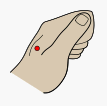 This point has many uses. It can be used to treat nausea, headaches, toothache, stomachache, vomiting, premenstrual syndrome and menstrual pain, elbow pain, sore throat, coughing and hypertension. However, it works on some ailments better than than it does others.Note that this acupressure point is contraindicative for pregnant women.
This point has many uses. It can be used to treat nausea, headaches, toothache, stomachache, vomiting, premenstrual syndrome and menstrual pain, elbow pain, sore throat, coughing and hypertension. However, it works on some ailments better than than it does others.Note that this acupressure point is contraindicative for pregnant women.
There are many other qigong/chi kung pressure point meditations you could do. However, get to know these major points first. When you become sensitive to the chi energy and can locate these points easily on the first try, you can then try tackling others.
